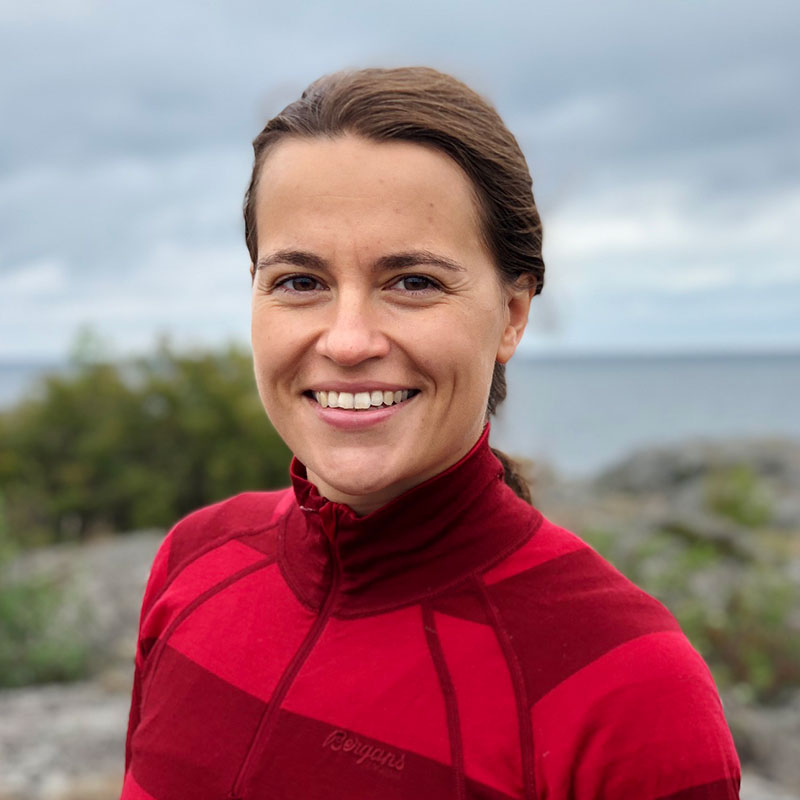When the COVID-19 pandemic broke out, all eyes turned to acute hospitals, where medical staff were helping those most severely impacted by the new virus. Lack of equipment and the ultimate need to stop the spread of Covid-19 led to new innovations globally, and greater attention was given to already existing digital health solutions.
Soon, it became clear that the elderly and people with comorbidities are especially vulnerable to the new coronavirus. Those living independently were encouraged to self-isolate and care facilities introduced restrictions for visitors and strict isolation policies. In nursing homes, rehabilitation centres and mental healthcare facilities, many residents live with cognitive impairments, mental health disorders or neurodegenerative conditions. The measures taken to minimize the risk of infection may be especially demanding on people with dementia. The ban on visits deprives them of company and security provided by loved ones; the cancellation of group activities reduces stimulation and enhances withdrawal; the requirement that the staff wear personal protective equipment (in case of suspected infection) together with changes in the environment may disrupt everyday routines and diminish the sense of safety that individuals with cognitive impairment truly need. Due to cognitive difficulties, residents with dementia may find it hard to understand or remember how to adhere to the restrictions, such as the necessary hygiene routines and physical distancing. All of these reasons contribute to the significant death toll in residential care facilities due to Covid-19.
This is why a global group of volunteers supported by the EIT Health Alumni Network, Swiss Healthcare Startups and ISQua and led by Anca M. Sarbu, a healthcare strategist based in Zurich, created the Digital Aid Project (DAP) Toolset – a tailor-made health innovation toolset to help long-term care facilities during and beyond the COVID-19 pandemic. The interactive document contains recommendations gathered from sources such as WHO, CDC, ECDC (the Aid Tookit) and a catalogue of available digital solutions (the Digital Health Chart) for the 4 pain points identified:
- Ensure safety for everyone
- Avoid patient distress
- Avoid employee burnout and minimise the stress level of staff
- Foster organisational resilience and efficient response strategies
This toolset is a free-of-charge resource that allows care facility staff and managers to determine priorities in care management and to identify existing digital health tools and services (in the form of apps, systems and devices) to alleviate the hardships due to the pandemic. Depending on the facility’s needs, an appropriate solution may be an app that lets personnel quickly understand the individual’s life story and relate to them in an individualized way to reduce anxiety such as Minnity; a system for remote patient monitoring that helps to maintain high quality care in spite of staff shortages like HumanITcare or Higo; or smart sensors that provide information on the resident’s location or health status such as Nectarine. Many of the presented solutions are free for use for the duration of the current health crisis, and several are meant especially for dementia care providers.
Creating the toolset started with a weekend-long virtual gathering of about 30 health innovators and public health specialists at the end of March 2020 and has been a growing movement ever since, which I personally enjoyed a lot. It has been a grassroot initiative that quickly grew and bloomed. The importance of the toolset became increasingly clear as COVID-19 spread in elderly care homes and other long-term care facilities. Many digital solutions have proven useful for care services during times where physical closeness poses greater risk of infection and when many healthcare organisations experience staff shortages. There already is a plethora of digital solutions to make healthcare easier; now it’s time to put them to use not only in test settings, but in everyday care.
The Digital Aid Project aims to foster a powerful public health response in long-term care facilities. We hope to relieve the burden of acute healthcare services by helping long-term care facilities tackle the COVID-19 challenge with the help of digital tools. We are updating the catalogue on a regular basis, in order to improve access and transparency for choice and to continue to integrate input from start-ups and innovators who match the criteria. In our efforts to reach as many long-term care facilities as possible, and protect the lives of all long-term care patients, we are translating the toolset into over 10 additional languages including Spanish, Italian, German, French, Russian, Chinese, and Arabic.
Help us spread the word and share The DAP Toolset with long-term care facilities, patients, families and healthcare professionals in need. If you know about a digital health solution that should be included in future editions of the Digital Health Chart, please contact info@thedigitalaidproject.com.
The DAP’s motto is #LeavingNoOneBehind, and that includes people with dementia. We are in this together!
The DAP Toolset is available through this link.

Katarzyna Hess-Wiktor is the co-founder and CEO of Minnity, a Swedish company that helps caregivers better understand the people they care for. She holds a PhD in Psychology and has worked for over 16 years in training and training management, 10 of which in training related to dementia care. Female Founder of the Year 2017 at the Sweden Demo Day for Minnity, finalist of the Stockholm Innovation Scholarship 2019. Team member in the Digital Aid Project and an EIT Health Alumn.




